
Get matched with top generator install pros in Minneota, MN
Enter your ZIP and get matched with up to 5 pros
Find Generator install pros in Minneota
BOAT DOCK
BOAT DOCK
Automotive, Marine, Trailer, Welding, anything mechanical and will travel to repair site. All boat repair from minor to major overhauls.
Automotive, Marine, Trailer, Welding, anything mechanical and will travel to repair site. All boat repair from minor to major overhauls.
My Classic Car Trader LLC
My Classic Car Trader LLC
Sales, Service & Rebuilding of Antique and Classic Car Components such as, Carburetors, Starters, Generators, Fuel Pumps, Double & Single Action Fuel Pump Rebuilding, Water Pumps, Hydraulic Top Pumps, Distributors, and DELCO Knee Action Shocks, We also carry a complete line of NOS and NORS parts. We offer FREE Technical advice for any YEAR Classic Car 609-462-7412
"Beware. They charged me double shipping even after I told them I would wait so I wouldn’t have to pay two shipping fees. The last item was a fuel pump that I had a problem with. I have made 4 calls to ask for help with no return call. Poor"
Frank H on July 2020
Sales, Service & Rebuilding of Antique and Classic Car Components such as, Carburetors, Starters, Generators, Fuel Pumps, Double & Single Action Fuel Pump Rebuilding, Water Pumps, Hydraulic Top Pumps, Distributors, and DELCO Knee Action Shocks, We also carry a complete line of NOS and NORS parts. We offer FREE Technical advice for any YEAR Classic Car 609-462-7412
"Beware. They charged me double shipping even after I told them I would wait so I wouldn’t have to pay two shipping fees. The last item was a fuel pump that I had a problem with. I have made 4 calls to ask for help with no return call. Poor"
Frank H on July 2020
The Minneota, MN homeowners’ guide to generator installs
From average costs to expert advice, get all the answers you need to get your job done.
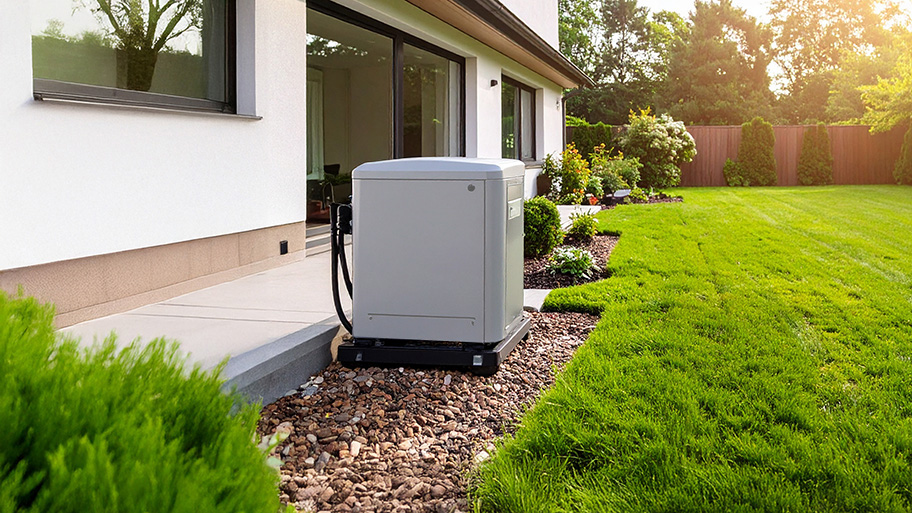
The average cost of a whole-house generator falls between $5,000 and $25,000. Keep reading to learn how much you can expect to spend.

The cost to install a generator transfer switch depends on several factors. Our guide will help you understand all of the costs.
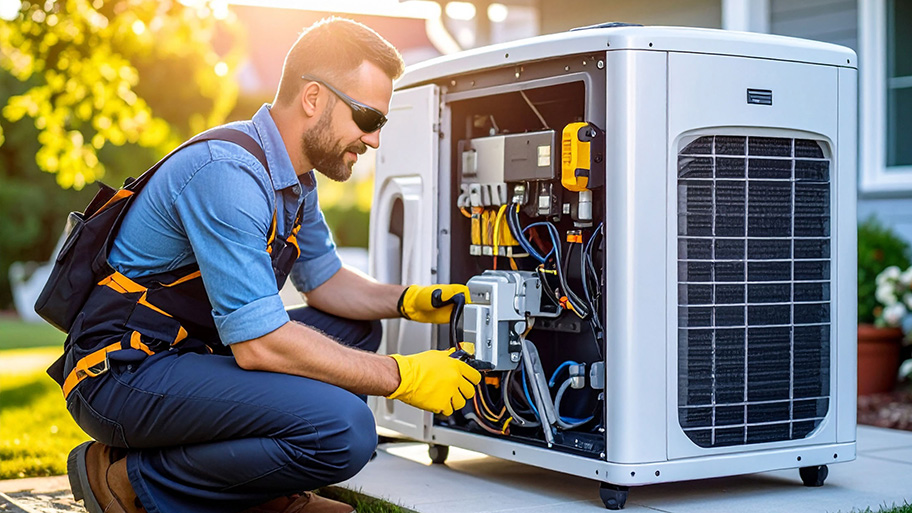
Keeping on top of generator maintenance and repairs gives you extra peace of mind as a homeowner. Find out how much regular generator maintenance costs.
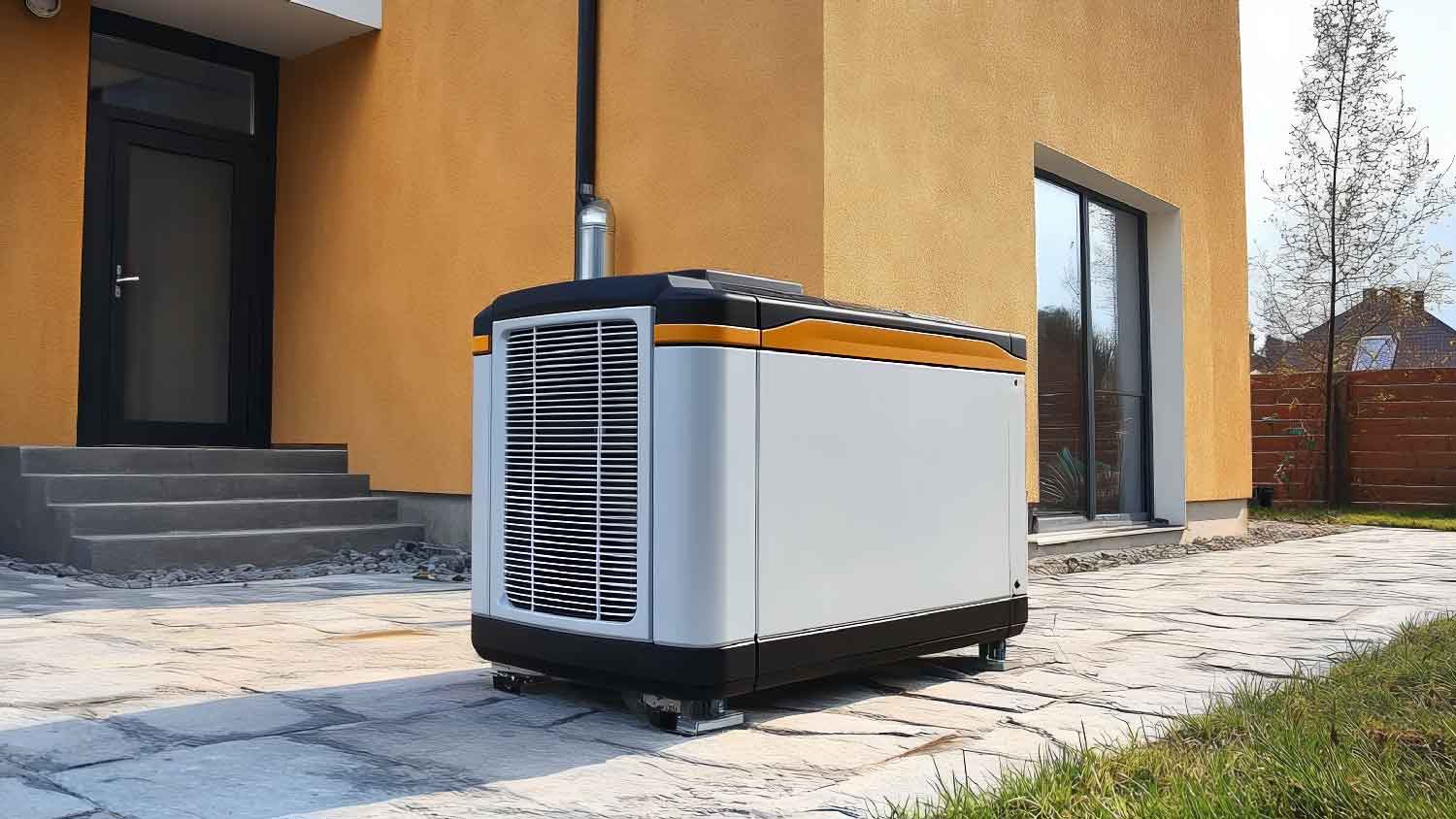
Natural gas generators are whole-home standby generators that are connected to your home’s natural gas line. The average cost for a natural gas generator is $12,000.
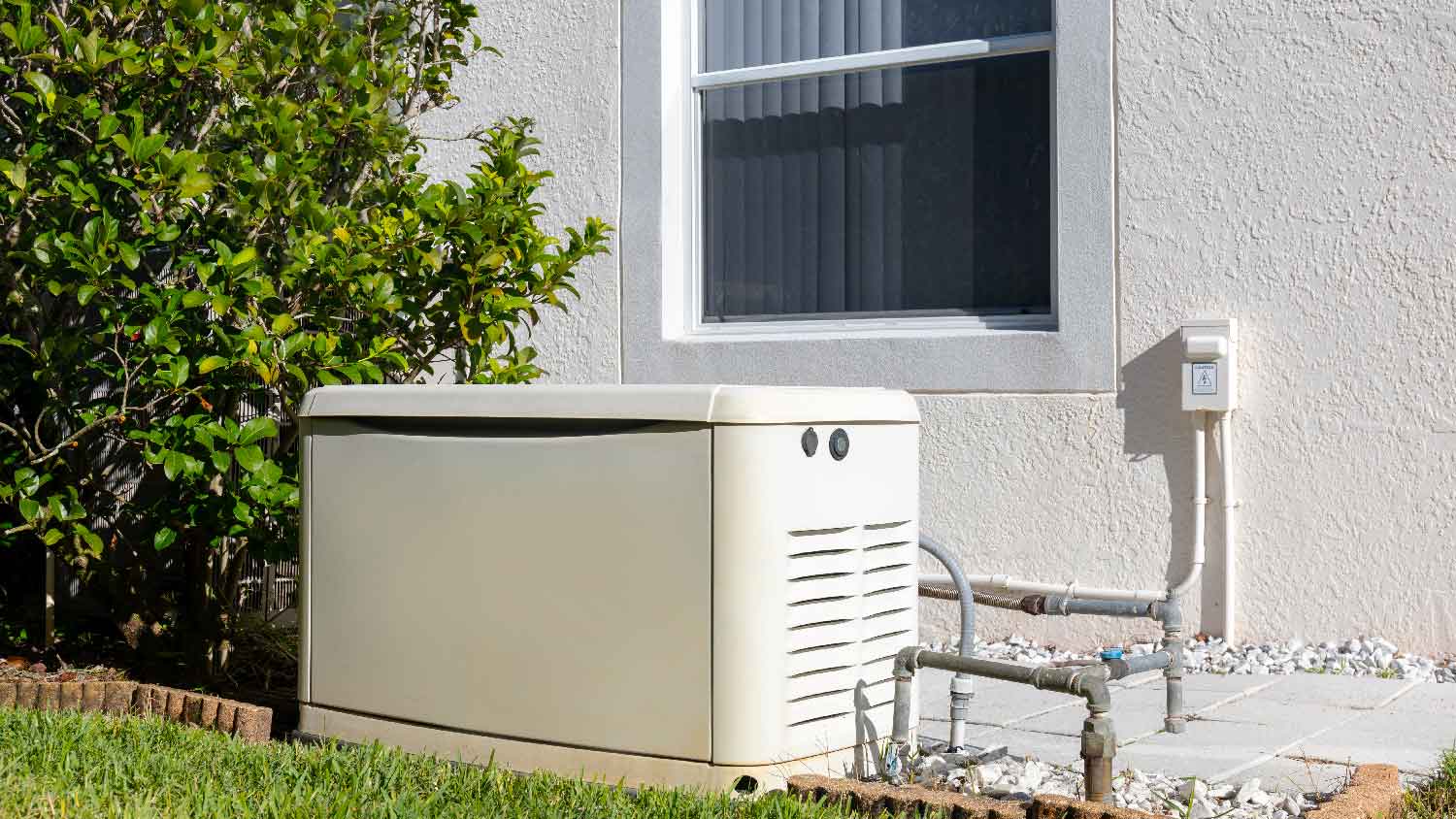
Before deciding between a gas generator and a natural gas generator, explore the differences. Compare gas vs. natural gas generator with our informative guide.
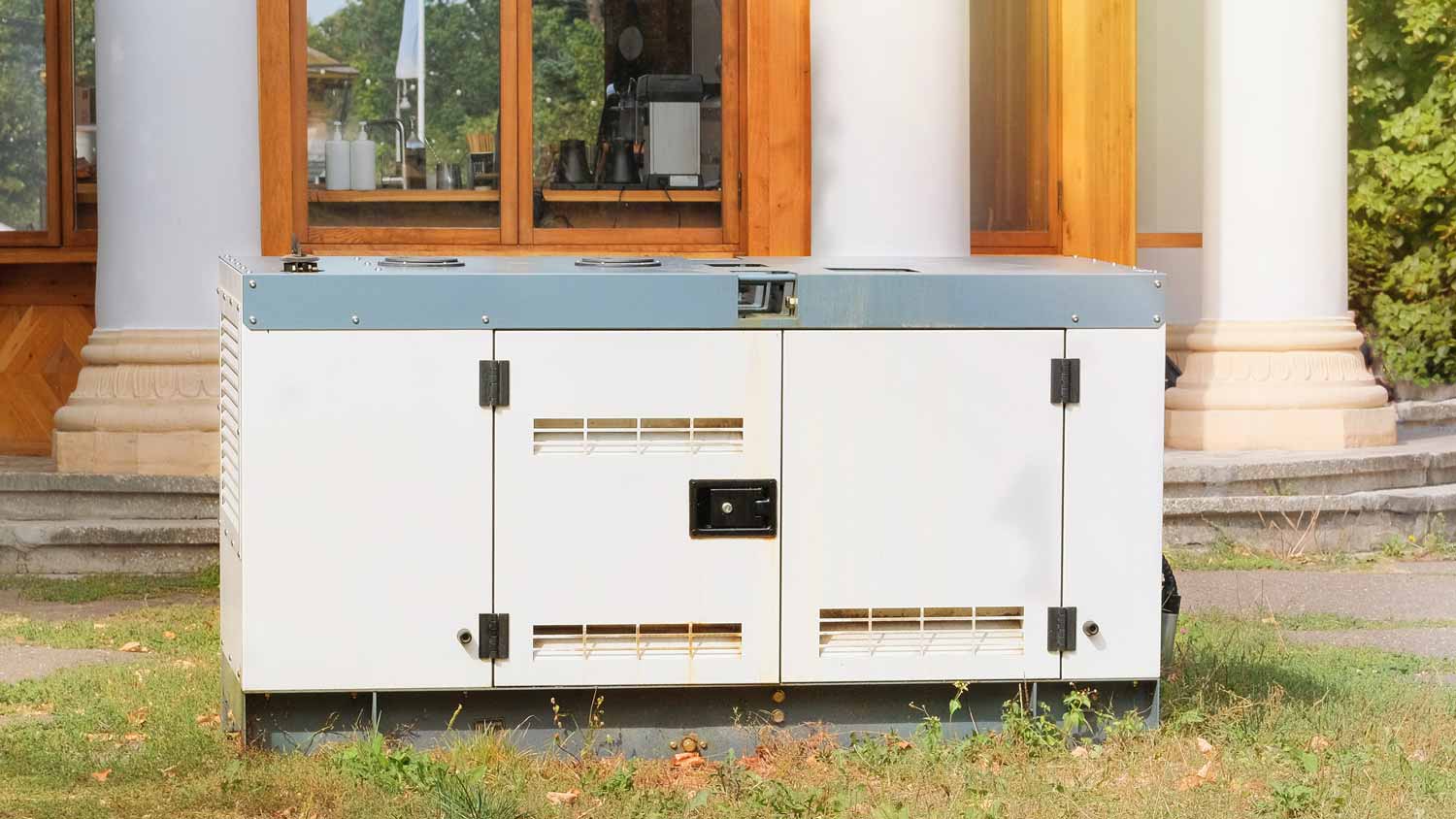
How much does it cost to run a standby generator? The answer varies based on the type and size of the generator. Find out more.
- Home Builders in Minneota
- Landscaping in Minneota
- Tree Service in Minneota
- Pest Control in Minneota
- Small Appliance Repair in Minneota
- Window Cleaning in Minneota
- Concrete Driveways in Minneota
- Deck Maintenance in Minneota
- Painting in Minneota
- Plumbing in Minneota
- Roofing in Minneota
- Tree Service in Minneota
- Kitchen And Bath Remodeling in Minneota
- Lawn And Yard Work in Minneota
- Landscaping in Minneota
- Siding in Minneota
- Pest Control in Minneota
- Flooring in Minneota
- Concrete Repair in Minneota
- Fencing in Minneota
- Garage Doors in Minneota
- Moving in Minneota
- Windows in Minneota
- Exterior Painting in Minneota
- Gutter Cleaning in Minneota
- Insulation in Minneota
- Foundation Repair in Minneota
- Handyman Service in Minneota
- Concrete Driveways in Minneota
- Pressure Washing in Minneota
- 🌱 "Mow a small front yard"
- 🛠 "Fix a leaking pipe under the sink"
- 🏠 "Repair shingles on an asphalt roof"